On August 13, I had the honor of joining fellow federal and state lawmakers and representatives from the Department of Energy, Ecology, and Commerce for a ribbon-cutting ceremony of the $75 million Grid Storage Launchpad at Pacific Northwest National Laboratory’s (PNNL) north Richland campus. This momentous occasion marks a significant milestone, as the Department of Energy has selected PNNL to serve as the nation’s hub for advancing energy storage solutions in batteries for the electrical grid.
PNNL is the perfect choice for this pioneering facility, which is set to revolutionize our U.S. supply chain by producing low-cost, high-performance, and safe batteries. This, in turn, will accelerate the adoption of clean energy and strengthen our national power grid’s resilience, security, and flexibility.
Establishing the Grid Storage Launchpad propels the Tri-Cities to the forefront of battery storage innovation nationwide.
This state-of-the-art facility is dedicated to analyzing and developing new materials and advancing battery technology, which is crucial for integrating clean energy into the grid. Long-term battery storage is essential for ensuring a steady supply of clean electricity, a key driver of Washington state’s economy. Moreover, the advancements in grid-scale battery storage will pave the way for new technologies, including those that power electric vehicles.
The new PNNL facility will focus on creating advanced battery systems using novel materials, ensuring the efficient and cost-effective delivery of electricity during power outages or when renewable energy sources are unavailable.
In an exciting leap forward, the Grid Storage Launchpad will employ cutting-edge methods, such as physics-informed data models, to discover new materials—a remarkable advancement for Washington State.
PNNL’s center will bring together scientists, engineers, DOE laboratories, and industry leaders to drive innovation and train the future workforce, creating numerous jobs in the Tri-Cities area.
I am deeply grateful to the Washington State Legislature for recognizing the immense economic potential of this research facility and for allocating $8.3 million in funding. A special thanks goes to former Senator Sharon Brown, R-Kennewick, for her instrumental role in securing this vital support. I also want to extend my heartfelt thanks to the bipartisan support from our local, state, and federal elected officials, whose collaboration has been crucial in making this vision a reality.








